Golf monocular rangefinders are an important tool for improving game performance. They can accurately measure distance and help players choose the best club and shot strategy. However, many golfers have rangefinders but fail to make full use of their functions. This article will focus on practical skills, accurate distance measurement methods, and solutions to common problems to help players use the equipment efficiently and avoid common mistakes.
Core Functions: What is The Difference Between A Rangefinder Monocular and GPS?
(I) Measuring distances accurately at any time and any location without external references.
- GPS systems depend on satellites which may be obstructed by weather. Comparatively, laser rangefinders geographically pinpoint mark much more accurately than GPS systems within a margin of ± 0.5 yards ranging.
- Measuring obstacles such as flag markers, bunkers and even water hazards is quicker than scanning the entire fairway for key distance retrieval.
(II) Typical usage scenarios
- Green distance: Prioritize locking the flagpole reflector (Prism), and if not, aim at the top of the flagpole.
- Obstacle measurement: Measure the width of the front edge of the bunker or water hazard to assist in deciding whether to take risks.
- Slope compensation (if supported): Calculate the actual shot distance, but this function needs to be turned off for official competitions.

Key Components Description
(I) Eyepiece diopter adjustment ring: "fitting glasses" for rangefinders
Myopic or hyperopic signs should not concern you since eyepiece diopter adjustment rings of rangefinders adjust vision like telescope-like clarity settings enabling clear viewing settings for all irrespective of differing eyesight grades.
(II) Mode button: switch to different "combat modes"
Rangefinder monocular come equipped with general purpose buttons allowing toggling between slope modes, rain and fog modes or basic mode symmetrically operated to manual switch or automatic reset serving to cope with pauses in imprecise weather parameters set to default intended to allow precise distance measurement regardless of bad weather.
Common single-tube golf rangefinder modes:
Normal mode: basic distance measurement, suitable for flat terrain.
Slope mode: calculate the impact of height difference (disabled in some events).
Rain and fog mode: enhance laser penetration (sacrifice some accuracy).
(III) Key points for cleaning the laser emission port: Keep the "eyes" clean
The laser emission port is like the "eyes" of the rangefinder. If there is dust or stains on it, it will affect the ranging accuracy. When cleaning, wipe it gently with a clean soft cloth. Never use paper towels or rough cloth to avoid scratching the emission port.
Practical Operation Process: Teach You How To Accurately Measure Distance Step By Step
(I) Target locking skills
Prioritize the flagpole reflector: Many flagpoles have reflectors on the top. Try to aim at it when measuring distance, so that the rangefinder can lock the target faster and more accurately. If there is no reflector on the flagpole, you can also choose the top of the flagpole or other obvious reference objects, such as the sign pole next to the flagpole.
Anti-shake method: In order to ensure accurate measurement, pay attention to anti-shake when holding the rangefinder. You can use the single elbow support method, lean your elbow against the side of your body, just like the stable posture when shooting; you can also lean on a fixed object, such as a tree, golf cart, etc., to increase stability.

(II) Distance measurement and data interpretation
Continuous scanning mode is applicable to scenarios: When you need to measure the width of an obstacle area or want to know the approximate distance range of an area, you can use the continuous scanning mode. Press and hold the distance measurement button and slowly move the rangefinder. The distance data of different positions will be displayed on the screen in real time, allowing you to see it at a glance.
Compliance of distance display in slope mode: As mentioned earlier, the slope compensation function may be disabled during the event. Therefore, before participating in the competition, be sure to check whether the rangefinder is in normal mode to avoid violations due to using slope mode.
(III) Advanced function application
Custom distance unit switching: If you are used to using meters as the distance unit, and the rangefinder defaults to yards, don't worry, you can easily switch through the settings. Generally, find the "Unit" option in the rangefinder menu and select "Yards" or "Meters".
Blind test function: When the target is blocked by an obstacle, you can use the blind test function to estimate the actual distance from you to the target by measuring the distance from the obstacle to you and the distance from the obstacle to the target (assuming you know it). This is like the triangle distance measurement method in mathematics. Although it is a bit complicated, learning it can make you more handy in complex terrain.
Error Control And Maintenance: Keep The Rangefinder "Online" All The Time
(I) Dealing with environmental factors
Tips for using polarizing filters in strong light: In strong sunlight, the screen of the rangefinder may reflect light, affecting your reading of data. At this time, you can add a polarizing filter to the rangefinder, which can reduce reflections and make the screen display clearer, just like putting a pair of "sunglasses" on the rangefinder.
Measurement compensation plan for rainy and foggy weather: When it rains or fogs, the water vapor in the air will affect the propagation of the laser, resulting in an increase in the distance measurement error. At this time, you can switch to rain and fog mode and measure as close to the target as possible to reduce the error.
(II) Equipment calibration and maintenance
Method for detecting the necessity of annual laser calibration: After the rangefinder has been used for a period of time, the laser may deviate and affect the accuracy. It is recommended to calibrate the laser of the rangefinder once a year. You can do a simple test yourself, such as measuring the distance of multiple fixed points with a rangefinder at a known distance (such as a driving range) to see if it matches the actual distance. If the deviation is large, it needs to be sent to a professional organization for calibration.
Anti-oxidation treatment of the battery compartment: To prevent oxidation of the battery compartment, you can put a small pack of silica gel desiccant in the battery compartment to absorb moisture. At the same time, when the rangefinder is not used for a long time, take out the battery to avoid battery leakage and damage to the device.

High-frequency Problem Solution: Don't Panic When You Encounter Problems
(I) Forced restart operation when continuous measurement does not respond
If your rangefinder does not respond during continuous measurement, it may be that the system is stuck. At this time, you can try to force restart the device. Generally speaking, long press the power button for more than 10 seconds to force shutdown, and then restart it, the problem may be solved.
(II) Strategies for coping with data jumps of long-distance targets
When measuring long-distance targets, the data may jump. This is because the laser is more interfered with during long-distance measurement. In this case, you can try multiple measurements and take the middle value as a reference; you can also adjust the sensitivity of the rangefinder, or find a more obvious reference object for measurement.
(III) Quickly turn off the slope function in the event
In order to quickly turn off the slope function in the event, you can set the shortcut key in advance. The shortcut key setting method of rangefinders of different brands may be different. You can check the manual and set it according to the steps. In this way, during the competition, you only need to press the shortcut key to quickly switch to normal mode to avoid violations.
Conclusion: Master The Skills And Become A Rangefinder Expert
Learning to use a golf monocular rangefinder is like equipping your golf journey with a "precision key" that can help you open the door to better results. From understanding the components to actual operation, to daily maintenance and problem solving, every link requires you to master it carefully. Now pick up your rangefinder and practice on the golf course. I believe you will soon become a rangefinder expert and be more calm and confident on the golf course!

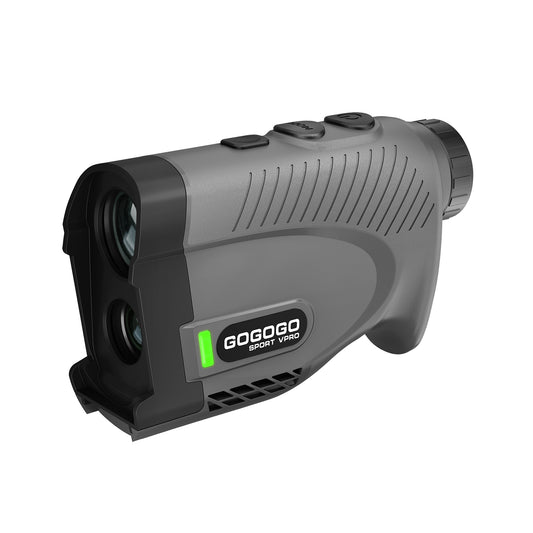
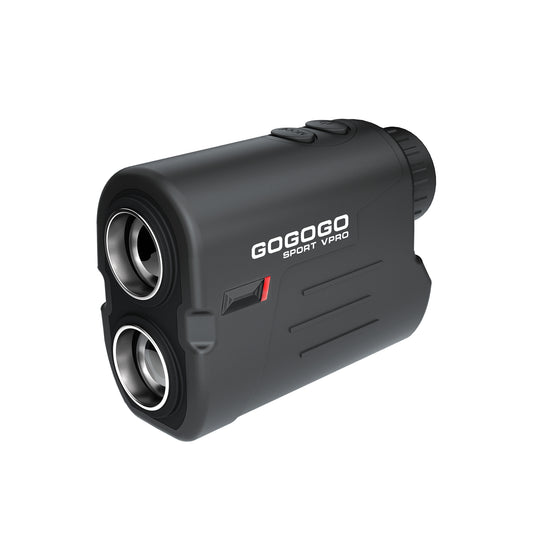
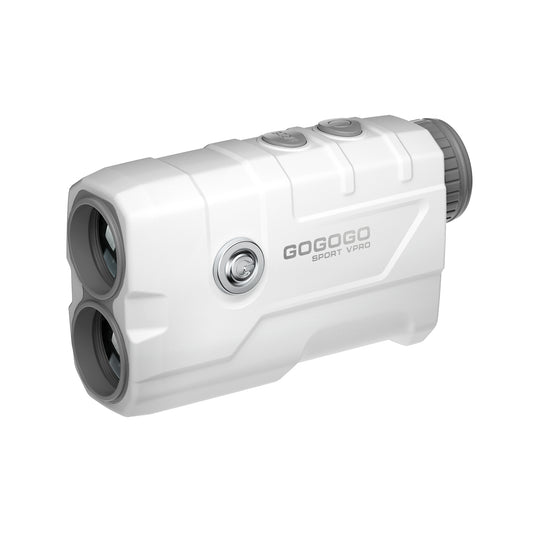
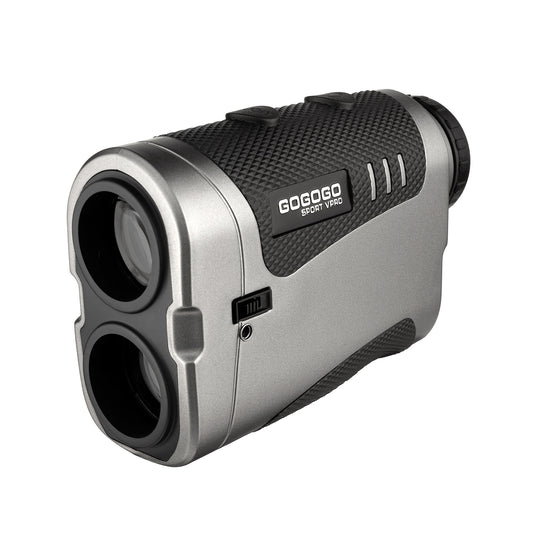
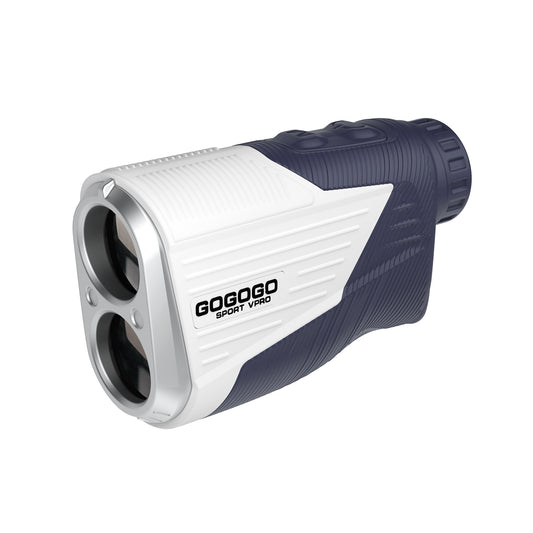
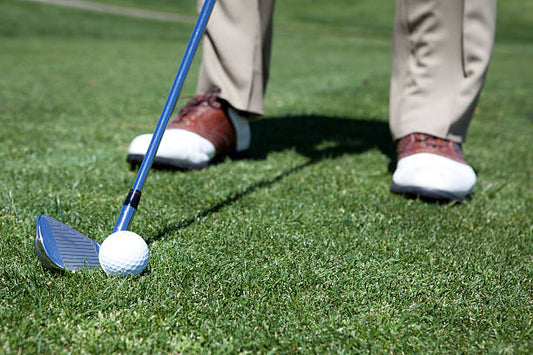
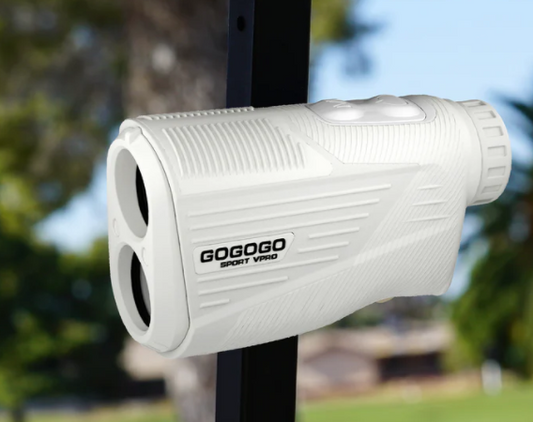

![[2025] The Ultimate Guide to Pinseeker Rangefinders for Golfers](http://gogogosport.com/cdn/shop/articles/gogogo_sport_vpro_pinseeker_rangefinder.png?v=1757993796&width=533)